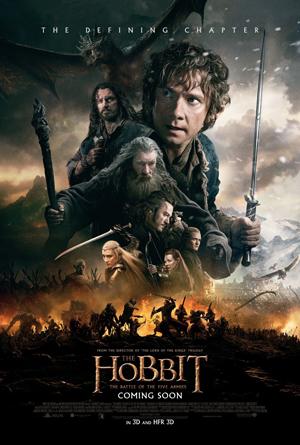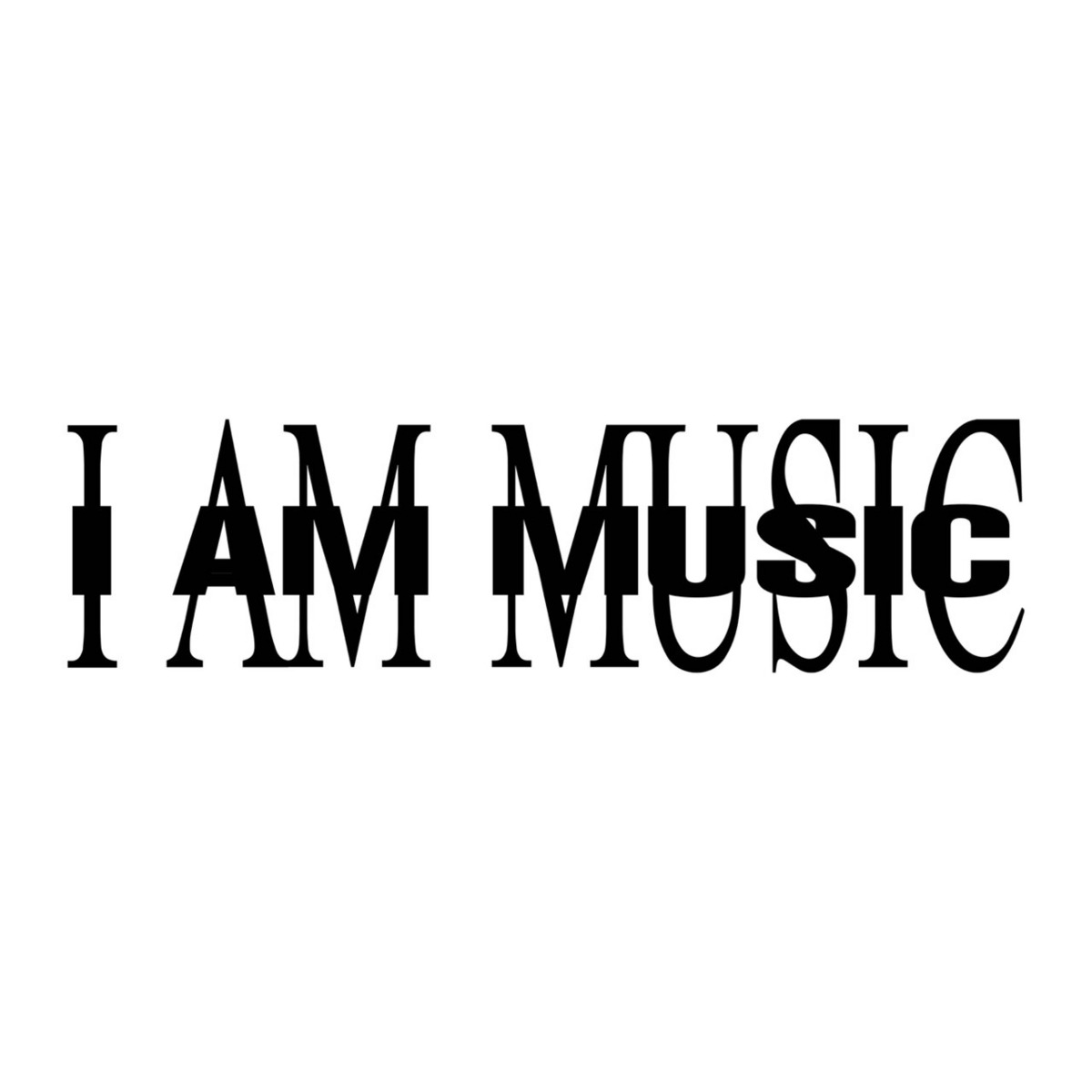By Sam Silverman
Reporter
 Run time: 144 Minutes (2.5 hours)
Run time: 144 Minutes (2.5 hours)
Rotten Tomatoes rating: 61%
My rating: 50%
Peter Jackson, director of The Hobbit trilogy, as well as the original Lord of the Rings trilogy, seems to once again have taken movie-goers on “an unexpected journey.” Through adapting a roughly 300 page book, J.R.R. Tolkien’s The Hobbit, into three movies, Jackson attempted to rake in the big bucks, but instead alienated original fans of the book through unnecessary length and deviations from the plot. It seems than fans got more and more disillusioned with the series as it continued. Battle of the Five Armies grossed $54,724,334 on opening weekend, which is considerably less than the first two parts of the trilogy, which grossed $84,617,303 and $73,645,197 respectively on opening weekend. The downward trends reveal that the notoriety of the original trilogy only goes so far before people realize that the Hobbit is the far inferior prequel.
If lovers of the book were looking for a complex plot with allusions to the original trilogy, or perhaps a creative adaptation of Tolkien’s works, they were at the wrong movie. Battle of the Five Armies starts off with a bang, or perhaps more accurately, an inferno. The previous movies tell the tale of a band of dwarves, Bilbo Baggins ( Martin Freeman) the hobbit, and Gandalf the Wizard (Ian McKellan) journeying to Misty Mountain, which was a dwarven stronghold until Smaug the Dragon (Voiced by Benedict Cumberbatch) forced them out to claim the mountain’s vast treasure as his own. A small band of dwarves, led by Thorin Oakenshield (Richard Armitage) attempts to slay the dragon and reclaim their lost home. However, by the end of the second movie, they end up making him more angry than slain. Smaug goes out of the mountain and attacks a nearby human town on a lake, burning it to a crisp. The villain’s big moment is here. The realistic animation adds to this intense scene, with burning houses falling, and dragon swooping. It all adds up to an impressive action scene that picks up immediately where the second movie left off. Time to sit back, relax, and enjoy the special effects. However, before you could bring a handful of popcorn to your mouth, Smaug is killed by the human Bard (Luke Evans), who fires an arrow into Smaug’s heart, ending the epic scene. Roll credits, or as Peter Jackson heard it, roll the heads.
Enter the Five Armies. Well, four armies if you round up. It seems that the great treasure inside the Misty Mountain has attracted a few entrepreneurs such as Orcs, Elves, and even more Dwarves. Finally, on the grandiose backdrop of the Misty Mountain, the armies collide. The bad guys are clearly shown to be the orcs, led by the “Pale Orc” Azog (Manu Bennett); a new villain is presented to the audience, who was featured in the previous two films as part of a side plot. Time to sit back, relax, and enjoy the scene that fans are all too familiar with from Lord of the Rings movies: the huge battle. Dwarves, elves, men, and orcs collide as new heroes such as the Elf King Thranduil (Lee Pace) and the Dwarf King Dain (Billy Connolly) join familiar icons such as Legolas (Orlando Bloom) and Gandalf in battle with the orcs. For about five minutes. Before you could lift a drink to your lips, the focus shifts away from the battle for which the movie was named, and centers on Azog’s command station, where Thorin, Bilbo, and several other dwarves attempt to kill him.
This unfamiliar villain, it seems, was brought back to life by Peter Jackson in order to extend The Hobbit into three movies. In the book, Azog dies when Smaug initially seizes the mountain from the dwarves and is not mentioned again. But one villain will simply not do, especially if you kill them off in the beginning of the movie. In fact, two villains is simply not enough as Jackson spends a bit of time on a battle between the Lord of the Rings villain Sauron (also voiced by Benedict Cumberbatch) and Gandalf, who has some friends help him. Jackson introduces new villains and then, just as quickly, abandons them. Sauron is not heard from for the rest of the movie, nor is Smaug because he’s dead. Sorry, still a bit angry about that. Anyway, the rest of the movie is spent on ridiculous action sequences involving the aforementioned heroes who try to kill Azog, where the dwarves cut their way through an army of orcs, and then duel “boss” orcs for an eternity. Yes, the combat sequences are entertaining, but I for one would much rather watch the actual battle going on, which is not shown again after it’s five minute screen time. The brief action sequences can be summed up fairly well by a particular moment in the movie that was the most ridiculous. In it, Thorin and another dwarf are told that a scouting party of 100 goblins are coming to kill them, to which they reply “we’ll deal with it.” The shot cuts away and then back, where Thorin and his companion are still standing, presumably having killed 100 goblins. The scene accurately sums up the movie: the promise of unrealistic action which is then forsaken so that the audience can look at some dwarf that nobody remembers from the past two movies.
However, the movie wraps up nicely, with well done duels between the heroes and villains, wherein Thorin sacrifices himself to kill Azog in a very dramatic fashion. It should be mentioned that (hello fans of the original trilogy!) the Eagles return to save the day again.
In summary, Battle of the Five Armies was a hollow echo of the original trilogy. The very title suggested an epic battle that would perhaps resemble the large scale conflicts featured in “The Two Towers” and “The Return of the King,” but instead Battle of the Five Armies disappointed with very little of the actual battle pictured when compared to how long the movie was. However, the action sequences that were pictured, such as the skirmish between Gandalf, his friends, the Nazgul, and Sauron, or the battle itself, were satisfying and perhaps superior to the original trilogy. Character development was non-existent, with the exception of Thorin, who has to overcome his greed of gold to rally to fight the orcs. The acting was adequate, but then again it’s not that difficult to wave a sword around on a green-screen and have the graphics team put in foes and sound effects. I’ll leave you with some statistics I collected from the movie:
On-screen beheading→ 9
Arrows shot by Legolas/minute→ 84
% of shots missed by Legolas in 6 movies→ 0
Giant crossbows made of children→ 1
Times Azog was killed on-screen→ 2
War-pigs killed→ 1
Forced love triangles→ 1
Greedy transvestites pictured→ 1








